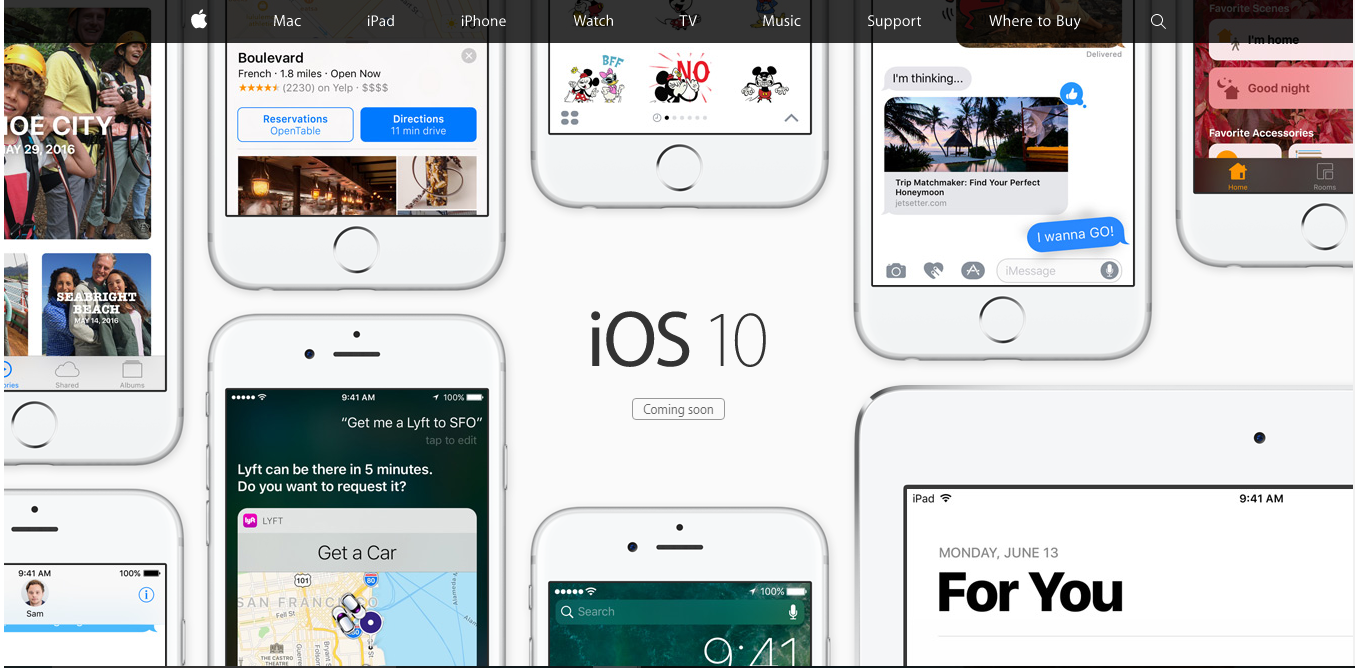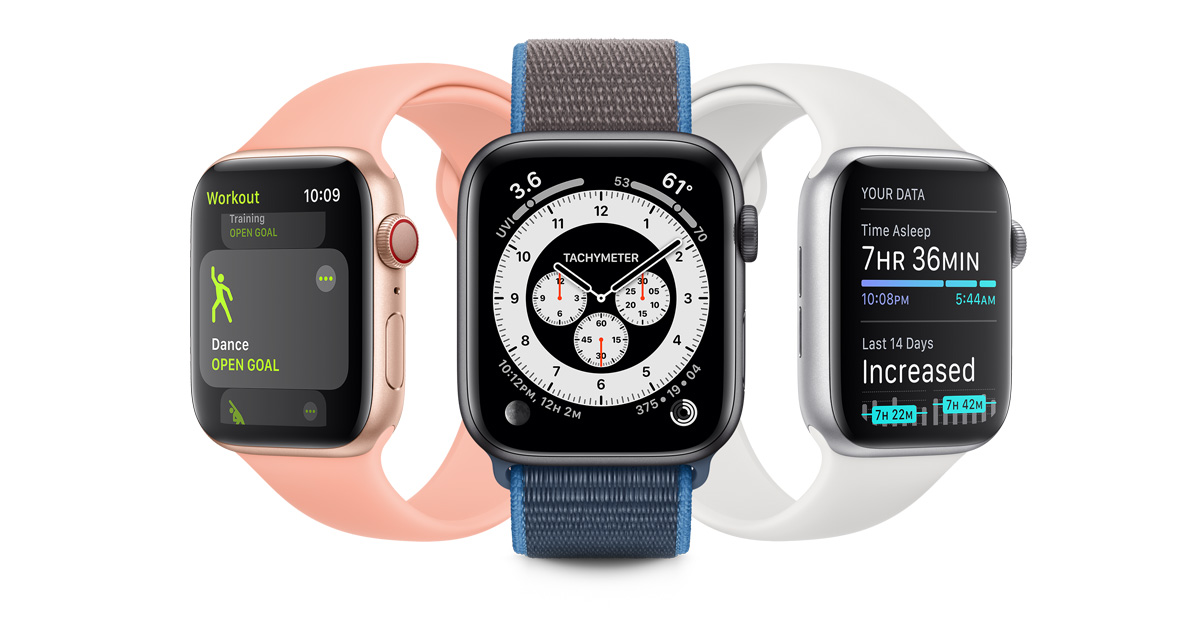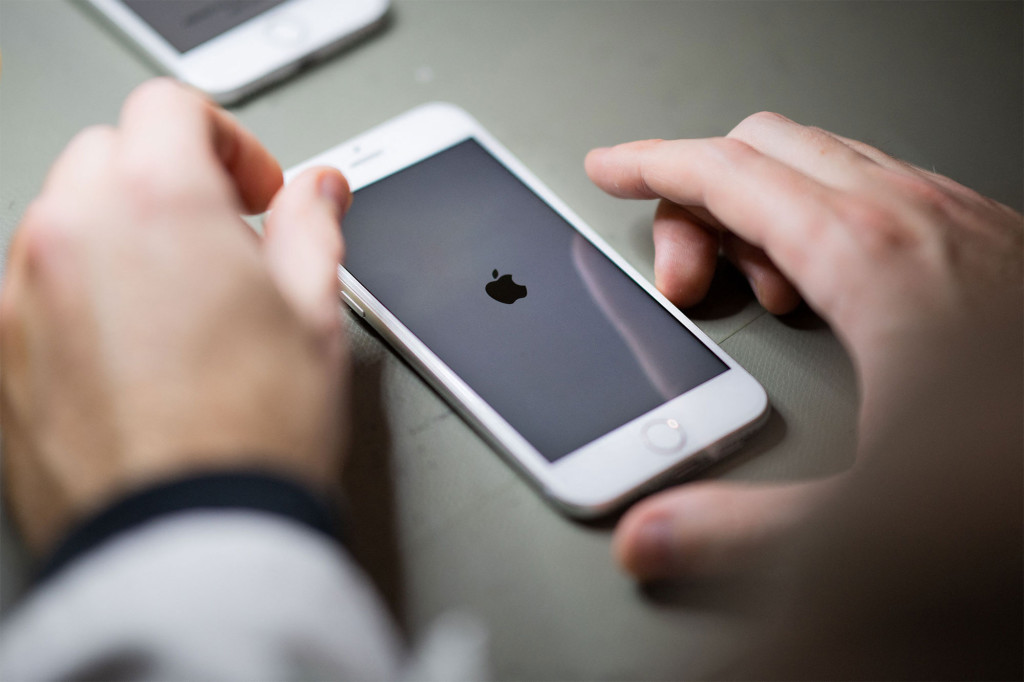After releasing the third iOS 10 developer beta, Apple has now released the second iOS 10 public beta, a free-for-all version that non-developers can use to test the operating system on their devices.
Compatible with iPad Air, Air 2, Pro and 4th Gen, iPod Touch 6th Gen, iPad Mini 2 and up, and iPhone 5 and up, the new OS is being given to public testers as a run up to the final version.
Though a lot of users and reviewers were “underwhelmed” by the look and feel of the new operating system from Apple, they do admit that some of the new features are useful. Here’s a list of a few key changes you’ll see in iOS 10.
Rich Notifications
Android has always had the lead over iOS when it comes to notifications, and the way users can interact with them. Rich notifications seems to have taken care of this gap, and 3D Touch users on the iPhone 6S and iPhone 6S Plus will have an even better experience.
Lift to Wake
One of the smaller but significant changes is the Lift to Wake feature, which will wake up the phone when you lift it up to eye level. Of course, Android once again got there first, but it will be a cool new convenience on the newest iPhones.
Open Siri
Finally, Apple has opened up Siri to iOS 10 developers. Users will now have a wide range of new things they can ask Siri to do, such as sending messages on third-party applications and so on. They can also use Siri to hail cabs from apps like Uber – something they’ve already demoed.
Home App
Apple and IBM have been working together on the Health apps that can help you monitor various physiological parameters, and the HomeKit is somewhat similar – only, it will allow users to connect to all of their Internet of Things devices and control them from a single interface. This is possibly the biggest change users will see on the new iOS.
Other changes include better iMessaging, enhanced Apple Maps, more intuitive Apple Photos (some say it’s almost as good as Google Photos, but runs natively on the device instead of on the cloud) and a new interface for Apple Music.
Sadly, most of the new features make the whole exercise look like Apple is desperately trying to play catch up to Google’s Android. Several features mimic the same functionality of Android, but with Apple’s own twist added to them.
The company has been losing sales in every quarter from the iPhone to Mac computers, and needs something to quickly help it replace declining revenues. 2016 may well be the year that Apple actually posts revenue losses instead of gains, and neither the iOS 10 nor the upcoming iPhone 7 seem to have enough mojo to help compensate.



